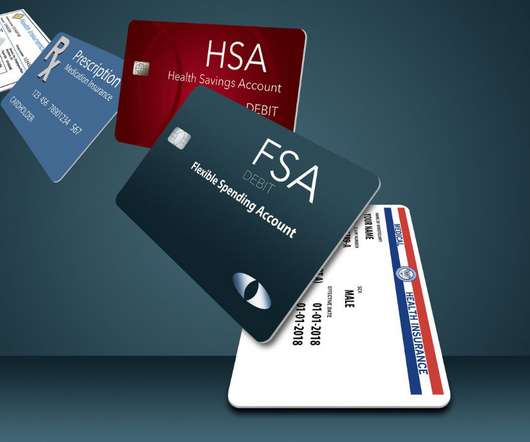Four High Deductible Health Plan Mistakes to Avoid
InterWest Insurance Services
FEBRUARY 20, 2024
With more than half of all private sector employees enrolled in high-deductible health plans , it’s important that employers have in place certain protocols to ensure that they are a success. HSAs are tax-advantaged accounts that allow enrollees to save up to pay qualified medical expenses.












Let's personalize your content